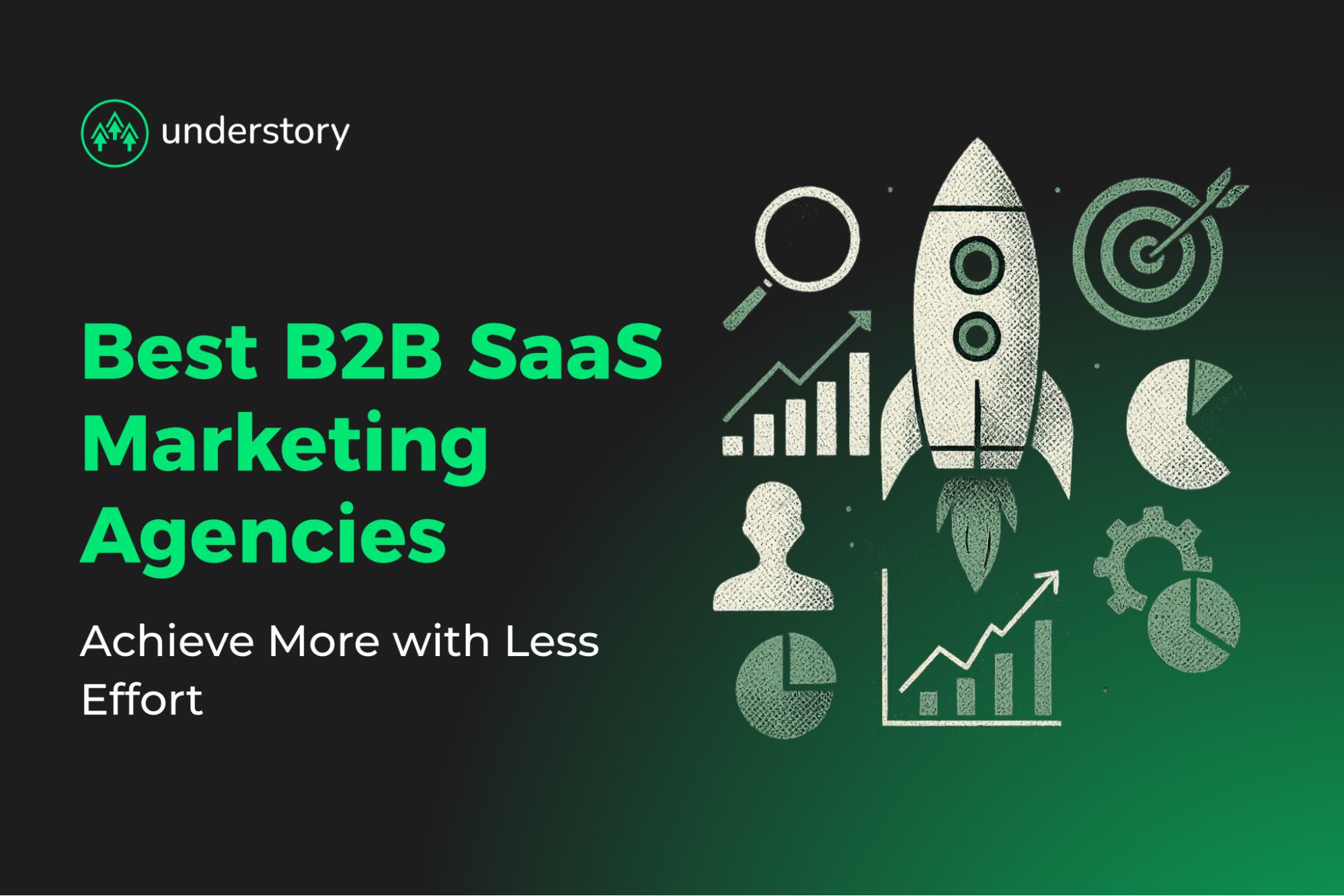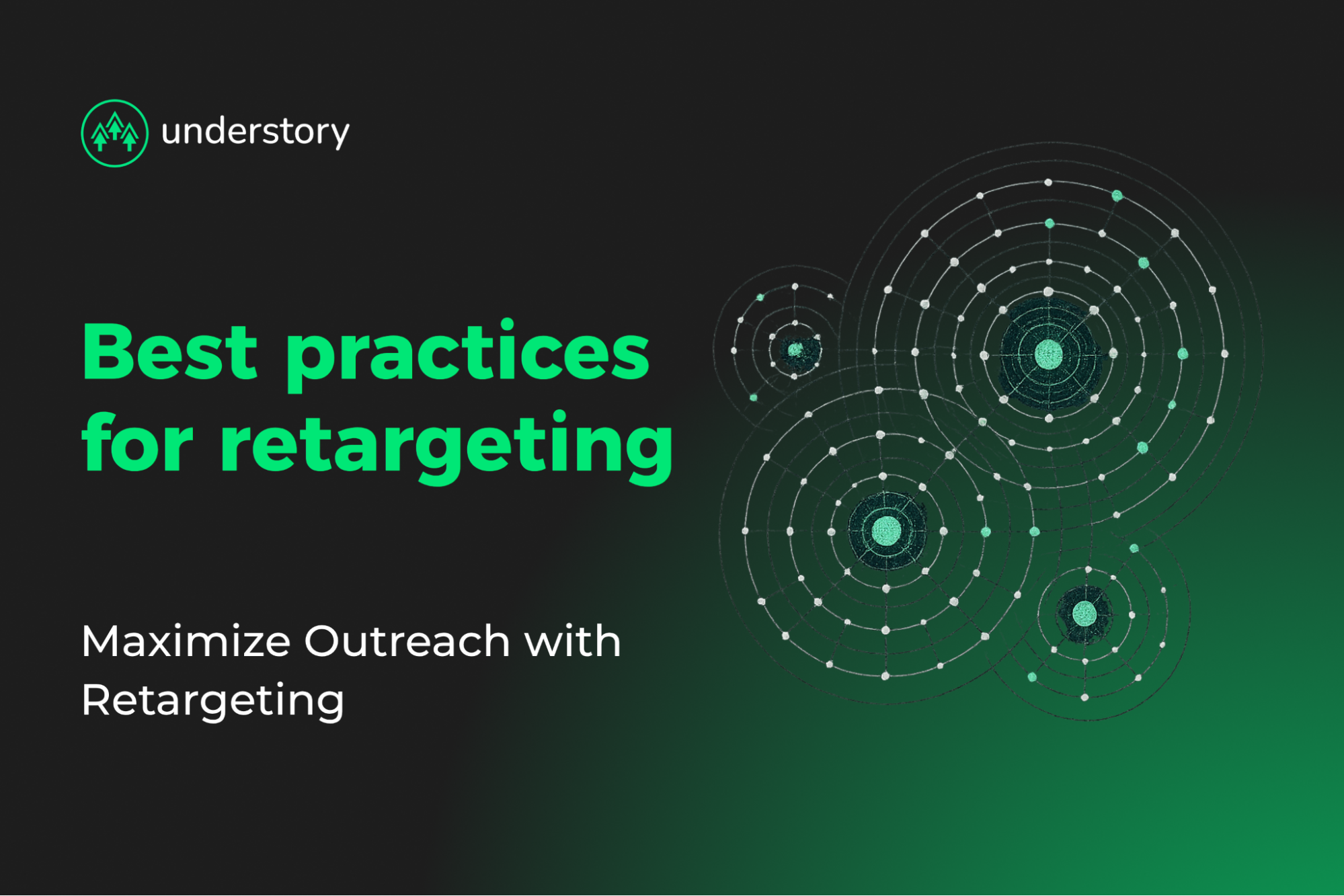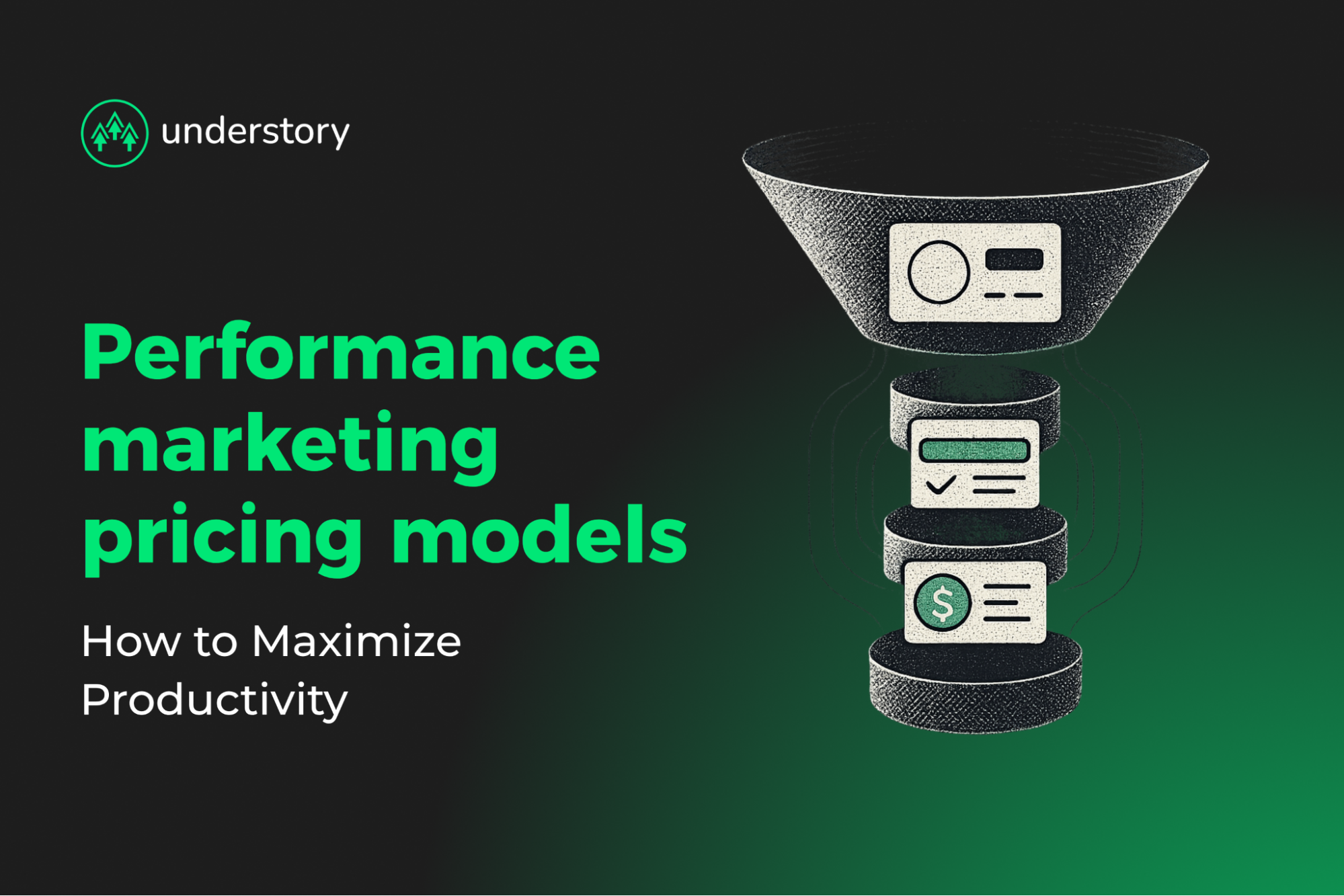

Omnichannel vs. integrated marketing: which wins?
Compare costs, benefits, and use cases to choose the right marketing approach.
SaaS growth leaders waste time coordinating paid media agencies, outbound teams, and creative freelancers while prospects receive disconnected experiences. Two strategies address this problem: integrated marketing and omnichannel marketing.
Both approaches aim to create consistent customer experiences, but they differ in cost, complexity, and results. Integrated marketing focuses on unified messaging across channels with simpler operations. Omnichannel marketing connects every customer interaction in real time for personalized experiences.
This guide explains what each strategy involves, compares their key differences and benefits, and helps you determine which approach fits your budget, growth stage, and revenue goals.
What is integrated marketing?
Integrated marketing keeps messaging and branding consistent across all channels. Every campaign reinforces the same core message, visual identity, and positioning, whether through email, social, paid ads, or content.
This reduces operational complexity while maintaining a coherent brand voice. Prospects recognize your value regardless of where they interact with you. Integrated marketing works for teams seeking predictable reach without deep customer data integration or real-time personalization.
What is omnichannel marketing?
Omnichannel marketing connects all customer interactions into a unified, personalized experience. It uses real-time data from CRM systems, product usage, and campaign interactions to customize messaging for each prospect at every stage in the sales pipeline.The focus is coordination, timing, and personalization. A prospect who sees your LinkedIn ad also receives a complementary email and website experience with consistent messaging.
Omnichannel marketing works well for growth-stage or enterprise SaaS companies maximizing expansion bookings and customer lifetime value, but it demands integrated systems and continuous alignment between marketing, sales, and product teams.
Comparing integrated and omnichannel marketing
Integrated marketing emphasizes unified messaging across channels, simplifying campaign management and brand consistency. Omnichannel marketing creates personalized journeys using real-time data to maximize engagement and expansion revenue.
Six dimensions show where each approach can deliver better SaaS growth outcomes.
1.Marketing focus and customer experience
When SaaS teams run paid media, outbound, and creative separately, it can lead to disconnected prospect experiences and unclear attribution.
Integrated marketing solves this by keeping every asset on-brand. Headlines, CTAs, and messaging appear consistently across ads, landing pages, demo decks, and emails.
The benefit is clarity and consistency, but each channel still operates in a silo and doesn't "remember" prospect actions.
Omnichannel marketing improves coordination and links channels in real time. After a VP clicks an ad, the landing page dynamically adapts to her industry, the in-product tour highlights relevant features, and the AE's next email references her exact engagement. Data flows between channels in real time, creating one continuous, personalized conversation.
This context-aware approach of omnichannel marketing can drive higher engagement, lower churn, and stronger net revenue retention in complex, multi-stakeholder SaaS sales cycles.
2. Technology and data integration
Your tech stack determines whether omnichannel coordination is feasible or if integrated campaigns are the better choice.
Integrated marketing relies on tools that maintain brand consistency across channels:
- Campaign manager and shared asset library for unified messaging
- Streamlined creative approval process across Google Ads, LinkedIn, and nurture emails
- Siloed data within each channel for faster, simpler setup
- Lower operational complexity and infrastructure costs
Omnichannel marketing requires a unified foundation:
- A CRM or CDP must consolidate product telemetry, sales notes, and support tickets into single customer profiles.
- Real-time analytics surface intent signals while automation triggers personalized actions instantly.
- Data flow across every channel demands API work, strong data governance, and dedicated RevOps support.
- Advanced setups can cost tens of thousands per month in highly customized enterprise scenarios, but the payoff is contextual relevance across all channels.
If your product and CRM data aren't clean, integrated campaigns scale awareness without creating technical debt. Once records are unified and events queryable in real time, omnichannel execution turns raw usage data into personalized, high-converting experiences.
3. Personalization depth
The level of personalization in campaigns is where omnichannel strategies shine.
Integrated marketing treats personas as uniform segments. Integrated campaigns rarely produce compounding results because they can't act on live behavior. Without real-time data handoffs between channels, integrated campaigns struggle to match the tailored outreach possible with omnichannel campaigns.
Omnichannel marketing delivers greater personalization because it reacts to individual prospect behavior. Actions like a trial user exploring your features trigger automated responses across all channels. Product data feeds your customer data platform, prompting in-app tips, LinkedIn retargeting ads highlighting enterprise permissions, and emails inviting account admins to role-based webinars. Every touchpoint references the same live profile.
Companies using omnichannel coordination with unified data often see customer lifetime value increases, faster trial-to-paid conversions, higher ACV, and lower churn.
4. Cost-efficiency and resource load
Integrated marketing wins on cost-efficiency.
Integrated campaigns run independently across PPC, SEO, and content, letting lean SaaS teams launch and measure ROI quickly without heavy infrastructure. Monthly costs are predictable. Agencies or platforms handle operational overhead, freeing internal teams to focus on growth initiatives.
Omnichannel marketing demands higher investment. Unified data layers, multi-touchpoint orchestration tools, and real-time product triggers push software and operational costs significantly higher. Additional headcount is often required.
Integrated campaigns perform well when predictable spend and rapid execution matter. However, when coordinated experiences meaningfully lift LTV, the higher-cost omnichannel approach justifies itself. For growth teams focused on demand capture and unit economics, integrated marketing remains the more cost-efficient choice.
5. Brand consistency and reach
Every touchpoint affects credibility in SaaS. Without careful planning, omnichannel marketing can disrupt brand consistency if ad creative updates clash with UI changes, or email and product teams use different messaging.
Integrated marketing standardizes headlines, palettes, and promises across all channels. Messaging stays consistent from LinkedIn ads to webinar decks to product tours, eliminating time spent coordinating vendors and reducing errors.
Omnichannel marketing offers personalized messaging which can improve reach, but risks creative drift across channels, weakening trust and increasing demo no-shows.
Integrated marketing wins on brand consistency if omnichannel strategies are not well planned. To balance the value of personalization with the importance of a clear brand identity, any customized messaging requires careful coordination.
6. Analytics and ROI visibility
Analytics drive accountability and inform strategic decisions.
Integrated marketing campaigns provide clean, channel-level dashboards showing spend, clicks, and demo sign-ups quickly. This makes rapid experiments and budget adjustments easy, but you miss the full customer journey.
Omnichannel marketing analytics link CRM data, product events, support tickets, and ad impressions, revealing the full lifecycle from first touch through renewal. Teams can track time-to-value for new customers, expansion likelihood based on product usage, and feature-level retention and churn indicators. Reporting for omnichannel marketing:
While integrated reporting delivers speed and simplicity, cross-channel visibility pays dividends for long B2B sales cycles and expansion-driven strategies.
Choose the right approach for your SaaS growth stage
When deciding between integrated or omnichannel marketing approaches, consider the unique needs of your company as well as the benefits and challenges of each approach. Both approaches solve coordination challenges, but your choice depends on whether you prioritize operational efficiency or customer lifetime value.
Here’s a recap:
Integrated marketing:
- Ensures every channel tells the same brand story with consistent messaging.
- Builds brand recognition and trust through consistent creative across all channels.
- Uses a campaign manager plus brand guidelines while channel tools can stay siloed.
- Provides segment-level messaging driven by persona research rather than individual behavior.
- Enables leaner teams, faster launches, and lower tooling costs.
- Runs linear campaigns where each stands on its own and context resets between channels.
Omnichannel marketing:
- Carries context between every interaction so the customer journey feels continuous.
- Maximizes retention and expansion by reacting to real-time customer behavior.
- Requires CRM or CDP, real-time analytics, and automation stitched into your product.
- Delivers individual-level personalization with usage-based triggers and offers.
- Demands higher upfront spend on platforms and talent but scales customer lifetime value.
- Creates frictionless experiences where customers switch devices or channels without repeating steps.
Customer experience, tech integration, analytics visibility, and personalization depth favor omnichannel strategies. Cost-efficiency and brand consistency favor integrated marketing.
Budget-conscious SaaS companies launching new products benefit from integrated marketing's focused spend. One creative concept stretches across paid media, outbound sequences, and email nurture without requiring multiple specialist teams. Agency retainers for integrated programs cost less than full cross-channel coordination, which requires higher upfront investment before results appear.
SaaS companies focused on retention and expansion revenue benefit from omnichannel coordination. Unified customer profiles from CRM, product telemetry, and support data enable real-time hand-offs across web experiences, in-app messaging, and outbound campaigns. This approach drives higher lifetime value and reduces churn.
Many growth leaders succeed by sequencing both approaches. Start with integrated marketing to establish consistent positioning and messaging. As customer data matures and team capacity grows, layer in coordinated triggers such as product-usage emails, in-app nudges, and retargeting sequences. This preserves cash runway while building a customer experience that compounds retention and expansion revenue.
Coordinate your SaaS growth with Understory
When coordinating omnichannel or integrated campaigns, we know that SaaS growth leaders often waste strategic time coordinating between paid media specialists, outbound teams, and creative freelancers. Understory eliminates this hassle, partnering with you for coordinated, expert-led allbound marketing.
Understory delivers strategic paid media management and our Clay-powered outbound engineering uses real-time trigger workflows to reach prospects at the right moment. Professional creative services ensure consistent SaaS brand positioning across all channels. Cross-channel integration means paid media engagement triggers outbound sequences while outbound interactions inform retargeting strategies.
Schedule a call to learn how Understory's coordinated paid media and outbound expertise eliminates time spent managing specialists.




